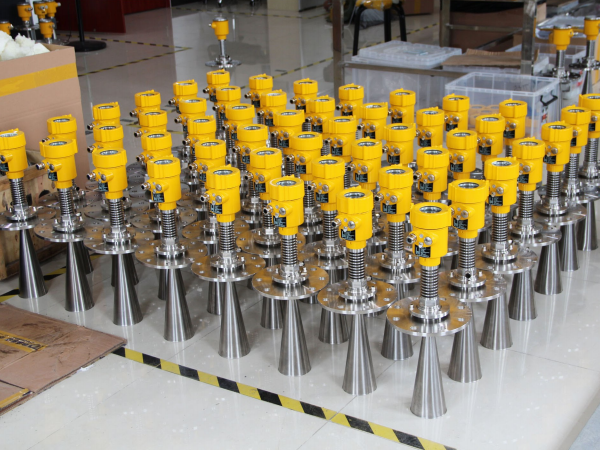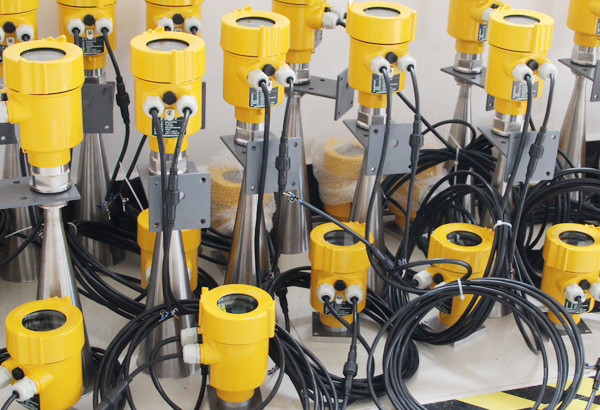With the arrival of winter, low temperatures present new challenges for the use of radar level meters. To ensure stable operation in cold conditions, the following tips have been summarized to help you better use radar level meters during the winter season:

1. Insulation and Anti-Freezing Measures
Low temperatures in winter can damage the LCD screen and other sensitive components of radar level meters. Installing a sunshade or protective enclosure around the instrument is essential. These protective measures not only prevent aging caused by direct sunlight but also shield the device from adverse weather like rain and snow. Additionally, for exposed cables and connectors, insulation tubes should be added to prevent freezing and cracking.
2. Preventing Ice and Water Accumulation
Melting snow and freezing ice in winter can accumulate on the surface of radar level meters, affecting their normal operation. To prevent this, it is recommended to regularly inspect and clear any snow and ice from the equipment’s surface. Ensure proper sealing of the instrument to prevent moisture infiltration that could cause internal damage. For outdoor installations, consider using a model with built-in heating or setting up heating devices to prevent freezing due to low temperatures.

3. Environmental Adaptability Check
When using radar level meters in winter, pay special attention to changes in the surrounding environment. For example, sudden temperature drops can cause internal parts of the instrument to contract, affecting measurement accuracy. Therefore, conduct a comprehensive environmental adaptability check before starting the device to ensure that all parameters meet the field operating conditions. If possible, preheat the instrument indoors before installing it outdoors.
4. Reducing Electromagnetic Interference
Although radar level meters have strong anti-interference capabilities, factors like increased humidity and fog in winter can create more obstacles along the electromagnetic wave path. Therefore, when selecting an installation location, try to avoid tall buildings, trees, and other objects, ensuring a clear line of sight for electromagnetic waves. You may also consider adding shielding to reduce external interference.

5. Maintenance
Regular maintenance is crucial for ensuring the long-term stable operation of radar level meters. Before winter arrives, perform a thorough inspection and maintenance on all radar level meters in use. This includes cleaning the antenna, checking the firmness of connections, and replacing aged seals.

In conclusion, by implementing these measures, you can effectively protect radar level meters from the harsh winter weather while improving their efficiency and accuracy. We hope every user will give these precautions adequate attention and preparation to ensure optimal performance of radar level meters during the cold season.
